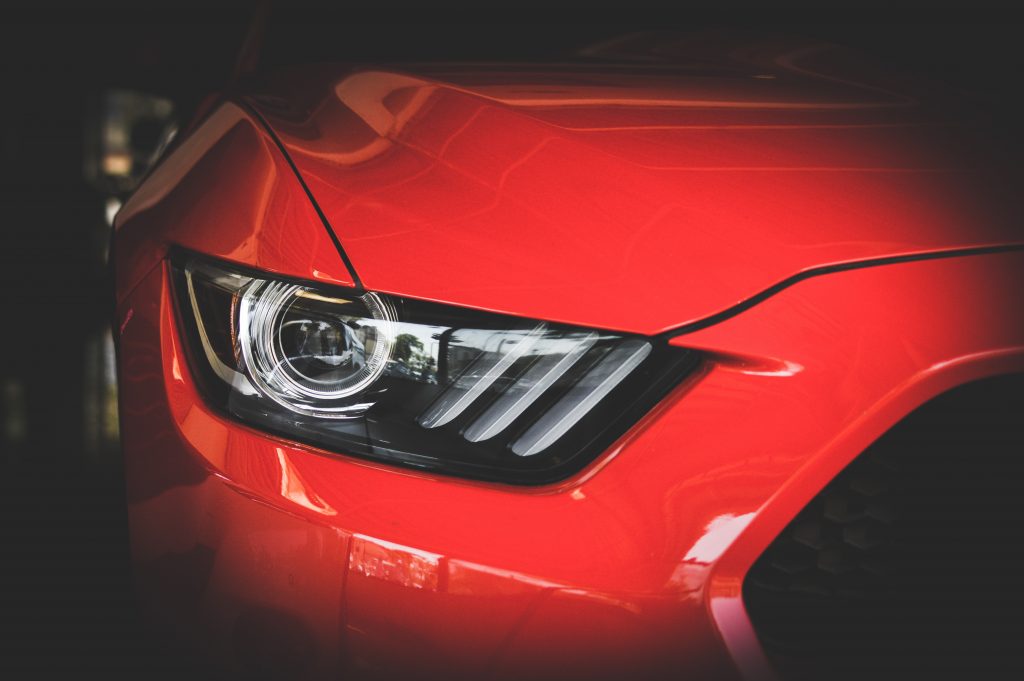Clay bar is used to get rid of dirt, dust, acid rain, industrial fallout and different types of contaminants that the exterior of an automobile is subjected to. Claying, which is the process of using a clay bar, is integral to car wash and auto detailing. Clay bar can be applied on the paint of your car. It can also be applied on metal, glass and fiberglass. Clay bar is not abrasive but wrong techniques can cause some damage to the exterior of the car. This is a reason why many car owners rely on auto detailing shops in Raleigh, North Carolina.
Stepwise Guide about How to Use a Clay Bar
You need to prep the automobile before claying. A thorough car wash is necessary. The exterior should be dried completely. The car wash should get rid of dust, dirt and grime. Some stains may remain. Many experts recommend hand washing as automatic car wash can leave soap residue among other types of contaminants.
Make sure you have a good quality clay bar. It should have a compatible lubricating spray. Clay bars can be medium or fine. There are other classifications such as ultra fine. Fine clay bar is suited for most automobiles as it can get rid of most contaminants from the surface and the type of wax you may have but there is less probability of affecting the finish or the paint. Medium clay bars are not unacceptable but they require a bit of expertise to avoid marring the paint. Many kits include lubricating spray. If one doesn’t, you should buy it but of the same brand.
Clay bar comes in the range of two to eight ounces in size. A two ounce bar should suffice for one car. You can always buy a large bar and then cut it into appropriates sizes as you need. Make sure the left over bars are stored properly in sealed or zipped bags.
Take a clay bar and squeeze it till you have a disc that you can tweak. The clay will soften as you squeeze it. Turn it into the shape of a ball and then flatten it. The disc should not be too thick. Around three quarters of an inch should do. The diameter should be around three to four fingers wide if you are using a two ounce clay bar. This is appropriate for use as you can conveniently grip it with your palm.
You must get the lubricant and spray it on a small section of the car where you will clay first. Use generous quantities of the lubricant. You need to spray to an extent that the lubricant is saturated at a section of the exterior and not just making the surface misty. Spray some of the lubricant on the clay bar or the disc you have now. It is usually better to start with a relatively cleaner section of the car. This could be the hood or roof and then you can tread towards the dirtier parts, such as the front bumper or the door panel bottoms. Otherwise your clay bar will have more debris as you move towards the cleaner parts. Do not substitute the lubricant with water unless you are an expert. Do not use a dry clay disc.
You should use the clay disc in a back and forth motion. Always use sliding motions. Reach for the most lubricated part and then slide gently. Use a completely flattened hand and use your fingers to press the clay disc against the surface of the car. Do not press it with the palm or a fist. You want enough pressure but not too much. Slide or rub from up to down and sideways. If you sense any stickiness, spray some more lubricant. Avoid the clay disc getting dry. Do not loosen your grip or hold as the disc will slip out of your hand otherwise. It is best not to use circular motions while rubbing or sliding. Such motion increases the chances of scratching the surface. Do not be alarmed when the clay disc makes some noise as it picks up contaminants. There will be some resistance as you slide the disc back and forth. This can be despite enough lubrication. The resistance is put up by the contaminants. Do not exert too much thrust. Just continue and the resistance will die as the disc picks up the contaminants.
Complete one area and then move on to another. Do not try to progress from one part to another if the first area is not completely done. Some parts of the automobile will need longer to clean. Always lubricate every new part and spray the lubricant again when the surface turns dry and resistance increases. The clay disc also needs sustained lubrication. If you do not hear or feel any contaminant getting picked up by the clay disc, the surface is likely clean. You can clean the lubricant on the car with a microfiber cloth or towel. Make sure it is clean.
